Volkswagen has released details for its updated Scirocco range. In Australia we only need to focus on the Scirocco R, pictured above with its refreshed styling.
For European markets, at least, the Scirocco R now has 206kW (280PS), up from 195kW in the previous model. Although, for Australia’s “hot climate” conditions the Scirocco R was detuned to 188kW. It’s unclear if we’ll see the full 206kW when the new Scirocco goes on sale here.
The most noticeable changes to the styling of the Scirocco R are with the headlights and tailights. Up front the new bi-xenon lights now include LED daytime running lights in the main cluster. The rear lights get the LED treatment as well.
In addition to those changes the front and rear bumper sections have been restyled with a more aggressive look. New Cadiz alloy wheels from the Golf R are fitted in 18″ as standard and can also be optioned in 19″ sizing.
The Scirocco R now has larger 17″ brakes as standard. Also included now is Volkswagen’s XDS diff lock, which aims to help keep the front wheels and their 206kW under control.
Inside it’s much the same as before, although slightly restyled, of course. The steering wheel from the Mk7 GTI has been used and there are now three auxiliary gauges atop the central dash. The boost gauge and oil temp will be the most welcome.
The new Scirocco goes on sale in Europe next month and the press release tells us Australia will follow “soon afterwards”.
Dynamics up, fuel consumption down:
Best-selling sports car Scirocco with a completely new range of engines
Wolfsburg / Frankfurt, 14 July 2014
Front and rear section with new styling; LED rear lights as standard
New engines with up to 20 PS more power and up to 19 per cent more fuel-efficient
Ten important facts on the new Scirocco:
1. Launch with six new TSI and TDI; all engines are now more powerful (up to 20 PS) and more economical (up to 19 per cent).
2. With entry-level engines the Scirocco consumes just 5.4 l/100 km (1.4 TSI, 92 kW)1 and 4.2 l/100 km (2.0 TDI, 110 kW)2.
3. Acceleration and top speed of all new Scirocco versions have been greatly improved.
4. Scirocco 2.0 TSI (132 KW)3 with additional 20 PS accelerates 0.6 seconds faster to 100 km/h than its predecessor.
5. At 350 Nm the Scirocco 2.0 TSI (162 kW)4 develops an impressive 70 Nm more torque than the 155 kW predecessor.
6. With power output of 206 kW5 the Scirocco R is the most powerful and agile Scirocco of all time (with DSG 0-100 in 5.5 seconds).
7. New front and rear section including new headlights, new LED rear lights and new tailgate opening mechanism (swivelling VW emblem).
8. Modified interior with new auxiliary instruments pays tribute to the original Scirocco.
9. New technical features include Dynaudio Excite sound system, Blind Spot Monitor and ParkAssist (park steering assistant).
10. Market launch in Europe starting in August.
Charismatic coupés have been an important part of the Volkswagen model range for decades. The first was the Karmann Ghia coupé in 1955 – a style icon that evolved with the times until the end of production in 1974. The successor to this classic was launched in the same year: the first Scirocco. This new agile coupé from Volkswagen was a new contender in the field of affordable sports cars. Two generations of the Scirocco were built in a space of 18 years between 1974 and 1992 with production totalling 795,734 units. A globally successful coupé. In the late summer of 2008 Volkswagen started a comeback of the legendary sports car with the third generation Scirocco. By the end of 2013 212,450 Scirocco had left the Volkswagen factory in Palmela, Portugal. A further successful series. Now Volkswagen is presenting a new version of the Scirocco. It has evolved both technically and visually. A coupé that shows off its strengths as an agile cruiser, a dynamic commuting companion, a high-class sports car (power output of up to 280 PS!) for a trip to the racetrack, or quite simply as a charismatic all-rounder with a large tailgate and a versatile boot (312 to 1006 litres).
More powerful – six engines with up to 280 PS
Up to 20 PS more power. The entire range of engines for the model series has been updated and made more powerful but also more economical. An overview of the performance range of the four TSI (petrol engines) and two TDI (diesel engines): 92 kW / 125 PS (TSI), 110 kW / 150 PS (TDI), 132 kW / 180 PS (TSI), 135 kW / 184 PS (TDI)6, 162 kW / 220 PS (TSI) and the afore-mentioned 206 kW / 280 PS (Scirocco R TSI). The largest leap is made by the new Scirocco 2.0 TSI with 132 kW / 180 PS (up 20 PS / previously 1.4 TSI with 118 kW / 160 PS) and the Scirocco R, which now has 280 PS (up 15 PS / previously 195 kW / 265 PS). The increased power has also enhanced the performance – considerably in some cases. For example, the new 180 PS version accelerates to 100 km/h in just 7.4 instead of 8.0 seconds; the top speed has improved by 9 km/h to 227 km/h. The same applies to the diesel-powered models. For example, the Scirocco 2.0 TDI with 150 PS: here the acceleration has improved by 0.7 seconds to 8.6 seconds and the top speed has increased from 207 to 215 km/h (manual version).
Up to 19 per cent more fuel efficient. The six turbo direct injection engines belong to the latest generation of Volkswagen’s four-cylinder engine family and consistently fulfil the EU 6 emissions standard; moreover, they are up to 19 per cent more fuel-efficient. All Scirocco models with power output of up to 162 kW / 220 PS are fitted with a Stop/Start system as standard; what’s more, these versions use braking energy to charge the battery (recuperation mode) so that the engines are able to work even more efficiently via load point shifting. If a dual-clutch gearbox is on board, energy is saved with a coasting function (up to 220 PS). The Scirocco 1.4 TSI with 125 PS is the most economical version with a petrol engine. Average fuel consumption: 5.4 l/100 km. With 4.2 l/100 km the 150 PS Scirocco 2.0 TDI is the most economical diesel variant. Despite their efficiency the two TDI engines do justice to the sporty character of the Scirocco – as impressively documented by the acceleration from 0-100-km/h in 8.6 seconds (150 PS) and 7.5 seconds (184 PS).
Sharper – restyled front and rear end
A more precise exterior. Visually distinguishing the new Scirocco are its restyled front and rear section with redesigned H7 headlights, optional bi-xenon headlights with dynamic cornering light, LED daytime running lights and LED rear lights as standard. The rear VW logo now swivels and serves an extra purpose as a handle for opening the boot lid.
More superior – new equipment features
Enhanced interior. The interior of the coupé is equipped with sport seats and a leather sport steering wheel (adapted from the Golf GTI) as standard, and also boasts new materials, leather configurations and colours. New technical features include the 400 watt sound system Dynaudio Excite, Blind Spot Monitor and the park steering assistant (ParkAssist). Also new as standard are auxiliary instruments (charge pressure, chronometer, engine oil temperature) which pay tribute to the original Scirocco.
Scirocco to be launched on the market in August. Volkswagen is also producing the latest Scirocco at its Portuguese plant near Lisbon. From there the sports car will be launched from the middle of August – with all six engine variants – initially in Europe; advance sales have already started in some countries such as Germany. Further high-volume markets such as China, Turkey, Australia, Russia and South Korea will follow soon afterwards.
1.) Scirocco 1.4 TSI BMT, 92 kW – Fuel consumption in l/100 km: combined 5,4 / urban 6,8 / extra urban 4,5; CO2 emissions combined in g/km: 125; efficiency class: C
2.) Scirocco 2.0 TDI BMT, 110 kW – Fuel consumption in l/100 km: combined 4,5 – 4,2 / urban 5,4 – 5,0 / extra urban 4,1 – 3,8; CO2 emissions combined in g/km: 119 – 109; efficiency class: B – A
3.) Scirocco 2.0 TSI BMT, 132 kW – Fuel consumption in l/100 km: combined 6,4 – 6,0 / urban 8,1 – 7,5 / extra urban 5,3 – 5,1; CO2 emissions combined in g/km: 148 – 139; efficiency class: D – C
4.) Scirocco 2.0 TSI BMT, 162 kW– Fuel consumption in l/100 km: combined 6,4 – 6,0 / urban 8,1 – 7,5 / extra urban 5,3 – 5,1; CO2 emissions combined in g/km: 148 – 139; efficiency class: D – C
5.) Scirocco R 2.0 TSI, 206 kW – Fuel consumption in l/100 km: combined 8,0 – 7,9 / urban 11,1 – 10,8 / extra urban 6,2; CO2 emissions combined in g/km: 187 – 185; efficiency class: F
6.) Scirocco 2.0 TDI BMT, 135 kW– Fuel consumption in l/100 km: combined 4,8 – 4,4 / urban 5,6 – 5,4 / extra urban 4,3 – 3,8; CO2 emissions combined in g/km: 125 – 115; efficiency class: B – A
Note: TDI, TSI and DSG are registered trademarks of Volkswagen AG or other companies of the Volkswagen Group in Germany and other countries.
Download
- Volkswagen Scirocco international press pack (107kb PDF)
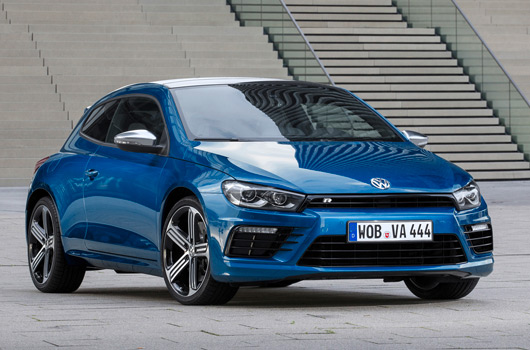
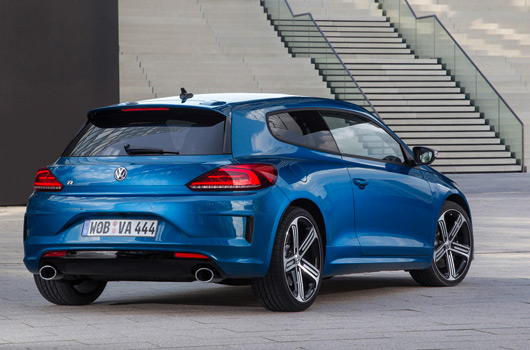
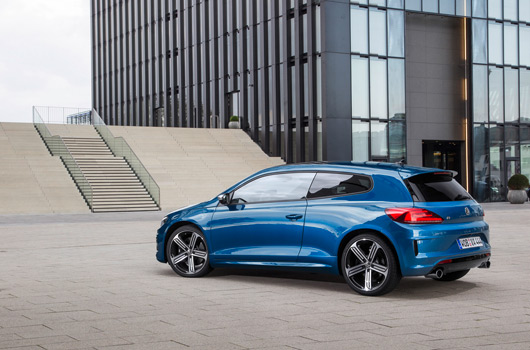
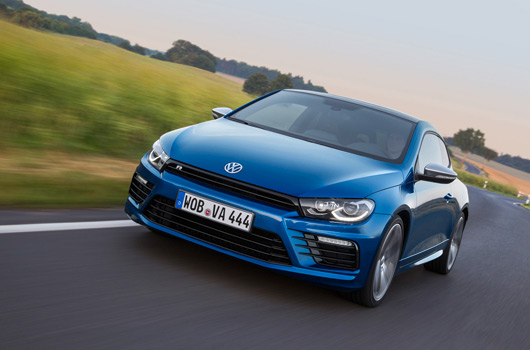
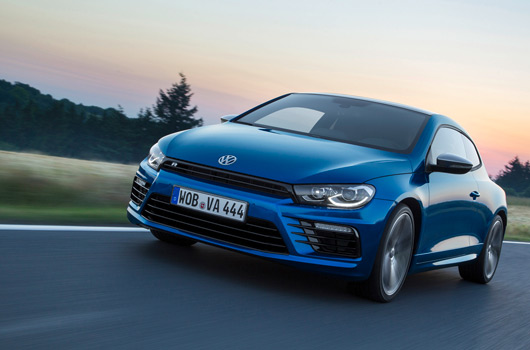
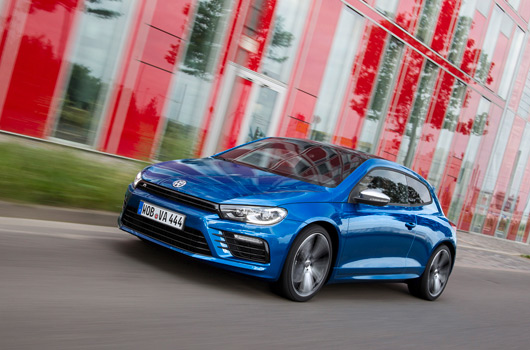
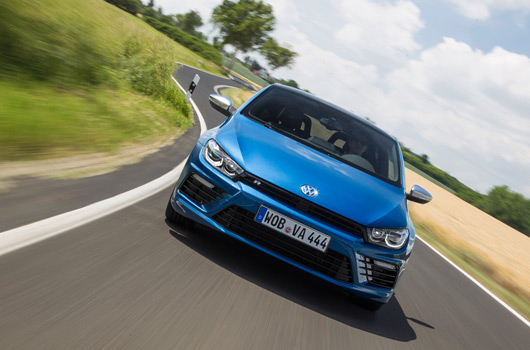
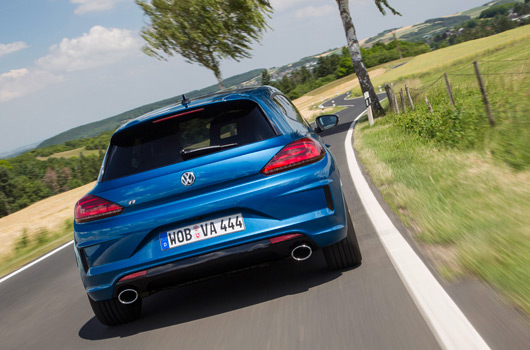
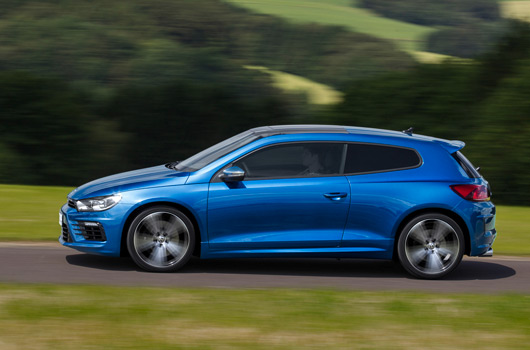
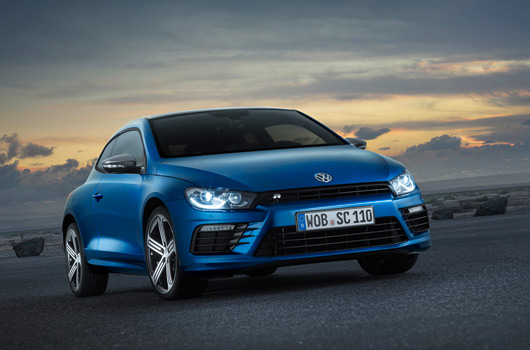
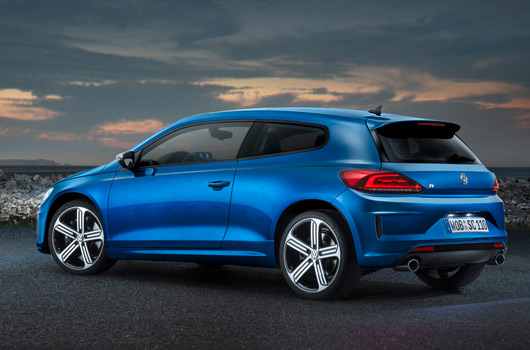
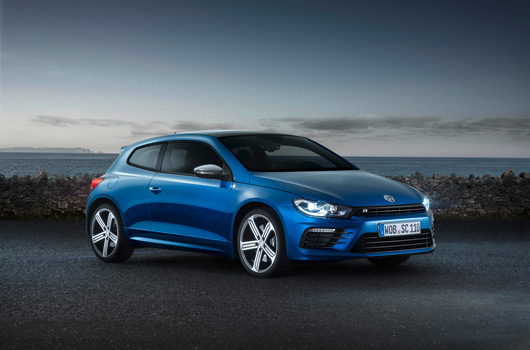
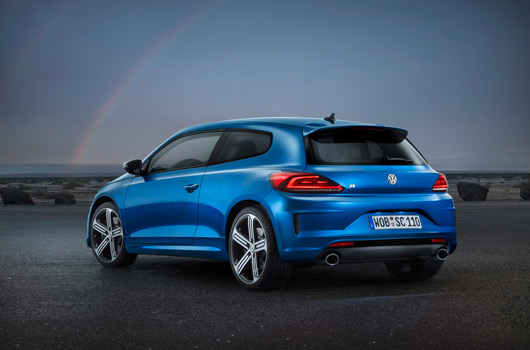
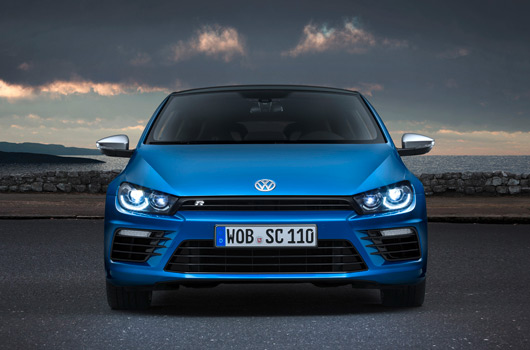
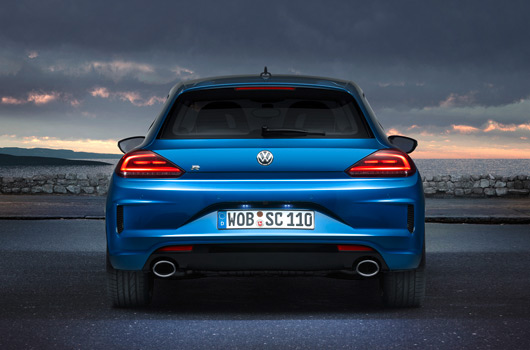
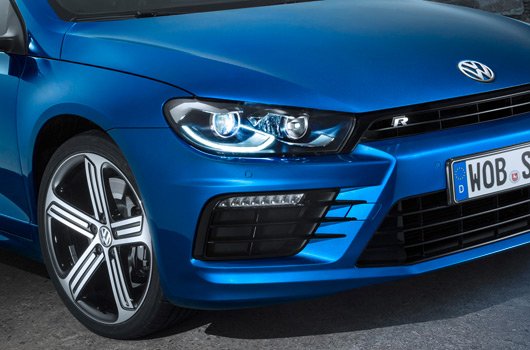
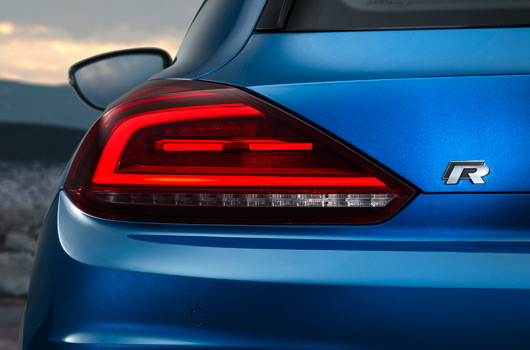
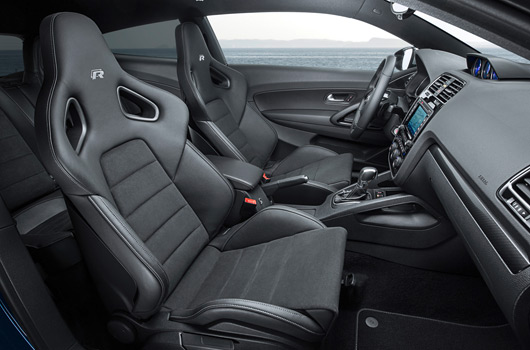
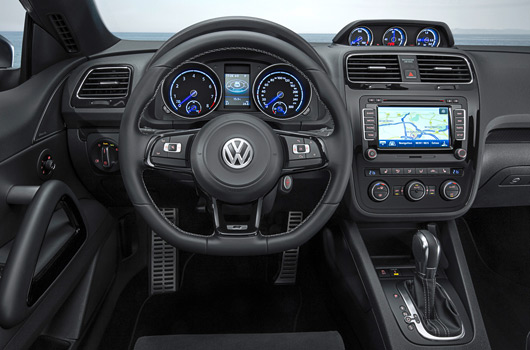
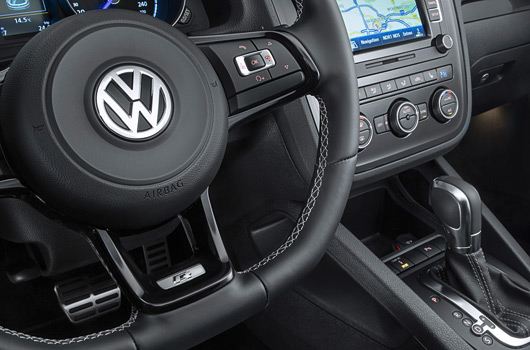
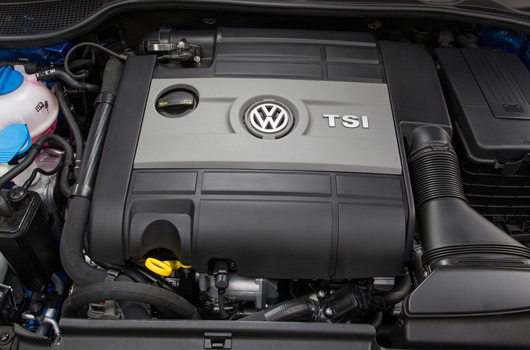
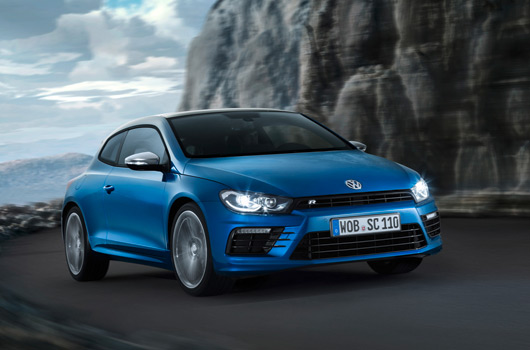
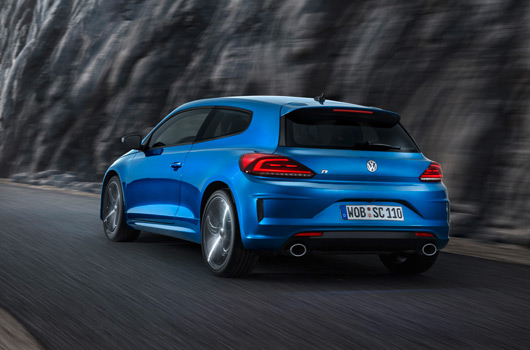
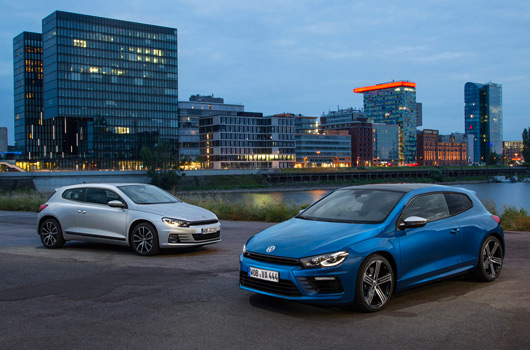
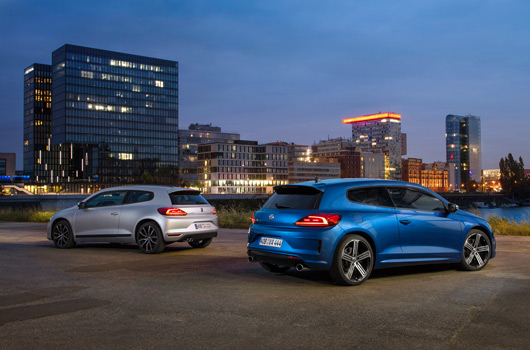
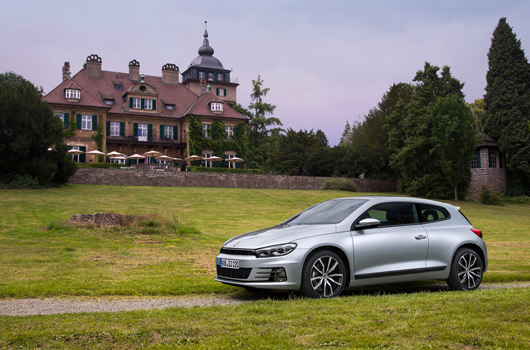
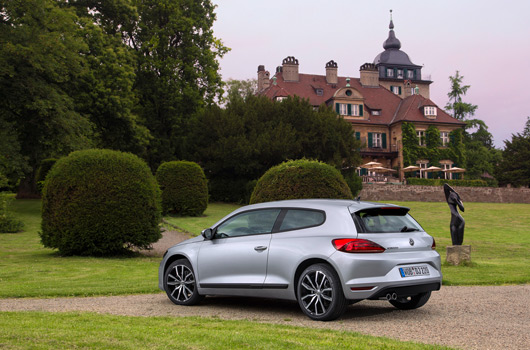
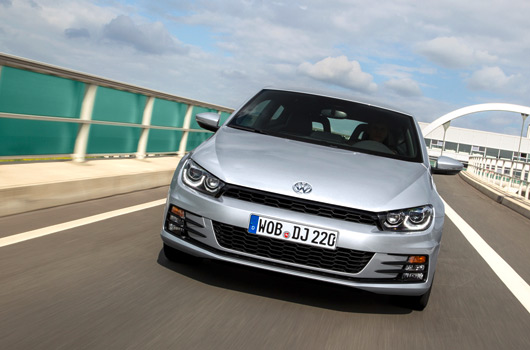
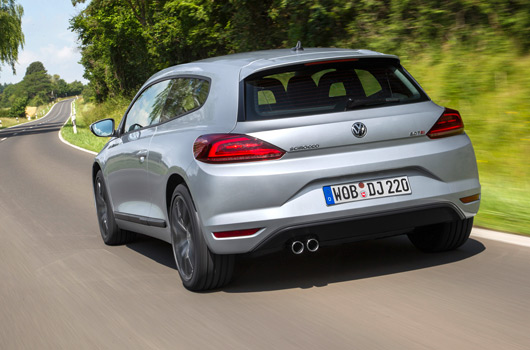
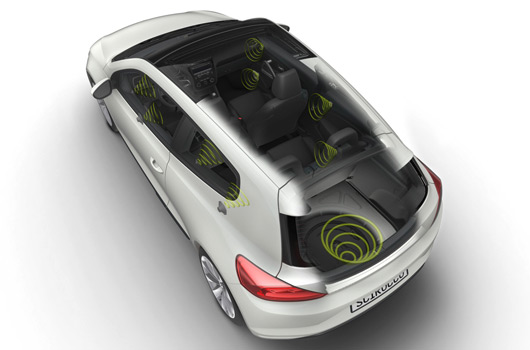
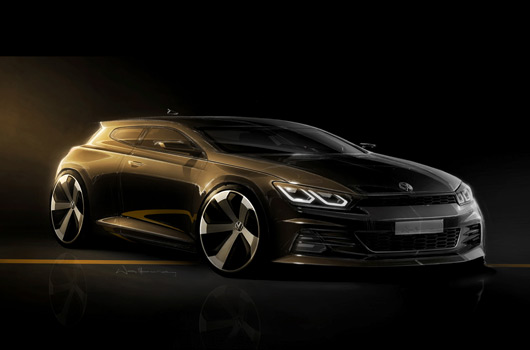
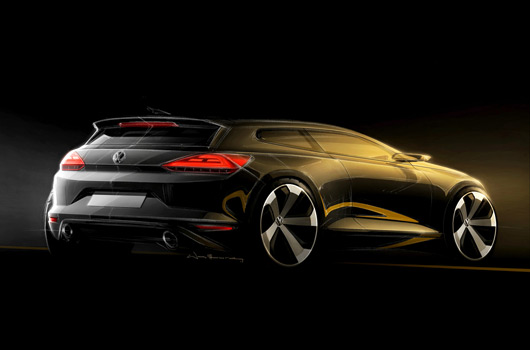
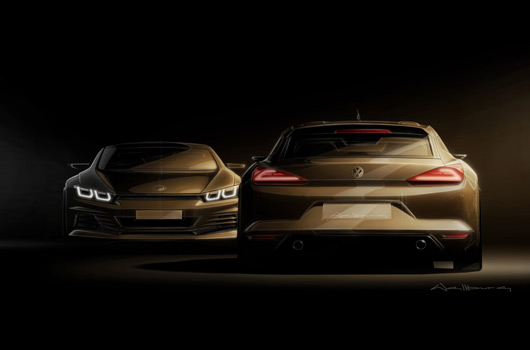
6 replies on “Volkswagen gives new Scirocco R more power”
make it AWD… they’d sell more….
it appears to be still the mk5/S3 engine? We’re seriously considering one but the mk7 GTI feels so much more lively! disappointing the RNS510 is still there…
happy the RNS510 is still there. much better than the stingy 5″ screen in the MK7 range. the gauges look great.
I’d be interested to see units sold vs RSM265.
I like them both but see far more Meggy’s on the road!
——————————————————————–
YTD sales to end of June 2014 (2014 / 2013)
——————————————————————–
Renault Sport Megane: 269 / 286
Volkswagen Scirocco: 109 / 238
——————————————————————–
YTD sales to end of November 2013* (2013 / 2012)
——————————————————————–
Renault Sport Megane: 496 / 475
Volkswagen Scirocco: 414 / 672
*Sorry, don’t have the year-end figures for 2013/2012 to hand right now.
I’d buy the MKVII GTi Golf and chip it. I got dusted in a MKVI Golf R by a Megane RS 265, so I prefer the FWD, as the AWD is too heavy.
Better still, I’d buy the Renault Megane RS 275 Trophy, cheaper and better than the Scirocco.